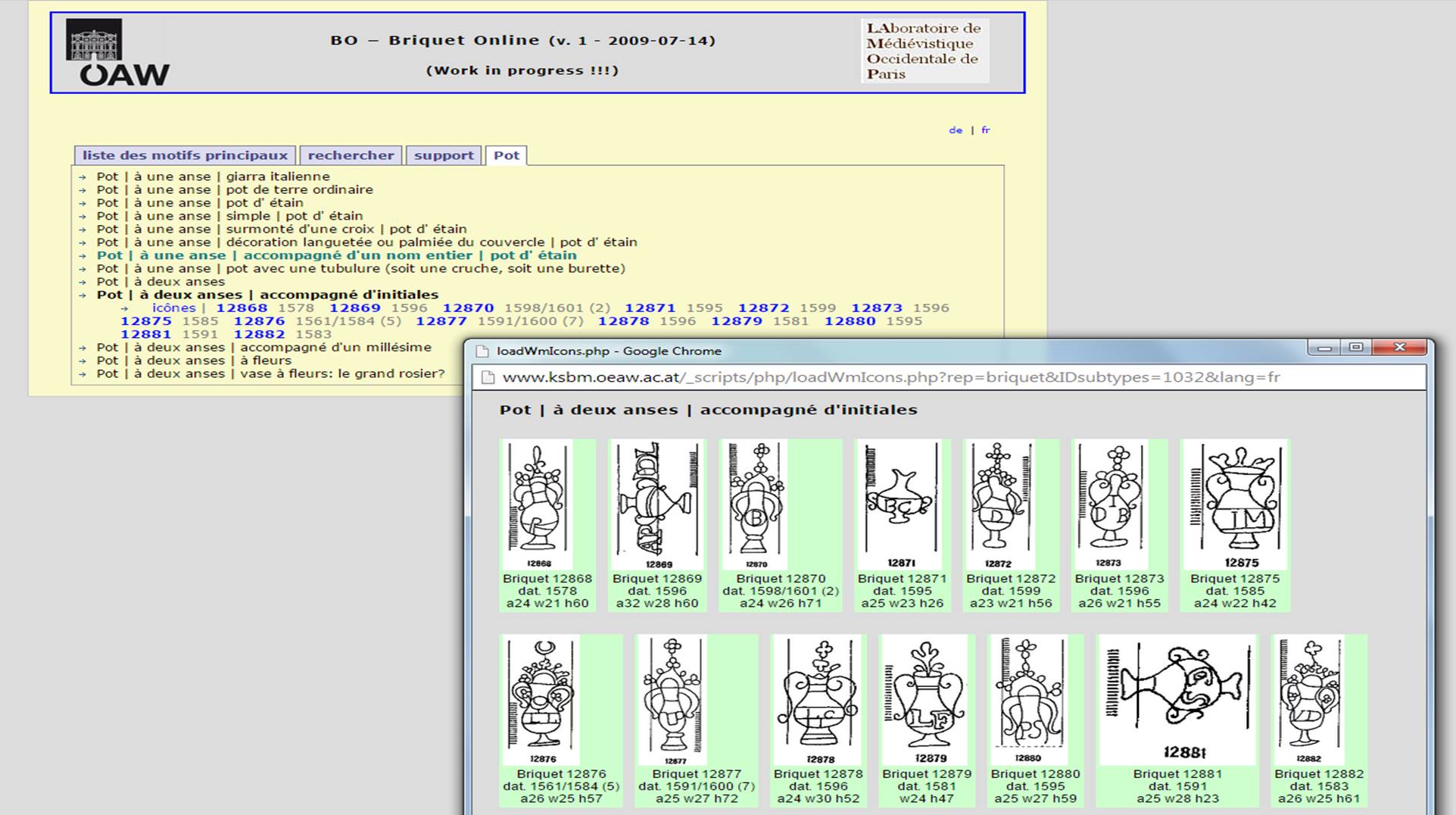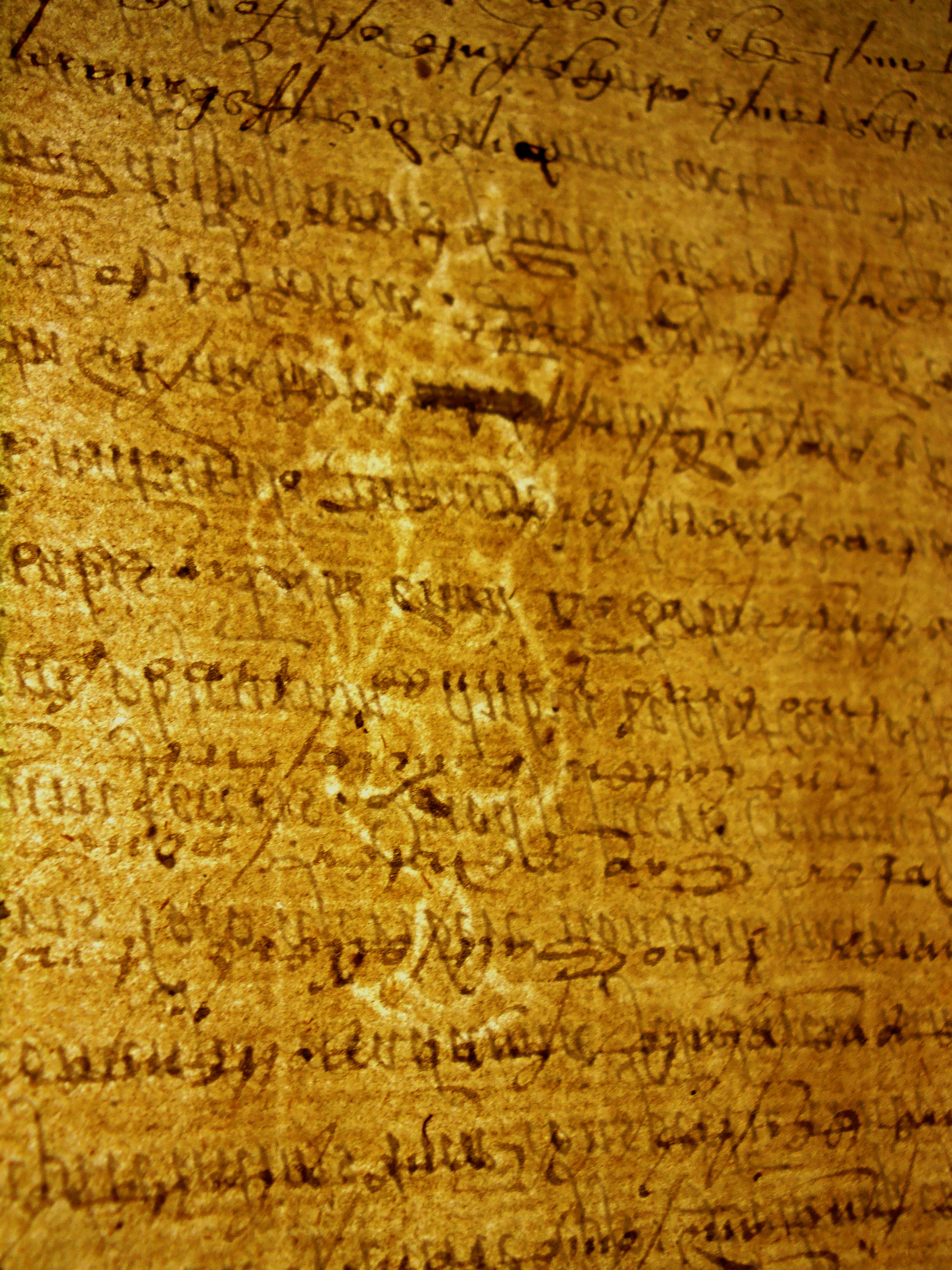This Wednesday’s watermark comes once again from the Islamic Manuscripts Collection - one of the papers in Isl. Ms. 483 to be exact. It features a pot or jug motif with one handle.
Pot or jug watermarks are usually attributed to papermills of northern France, and can have several different features, including one handle or two, initials of the papermaker, and additional motifs such as crescents, crosses or grapes above.

Entries for two-handled pots with initials in Briquet Online [1]
While pot watermarks are clearly encountered in Islamic manuscripts - especially 17th century Egyptian manuscripts [2], they are much more commonly encountered in English books and manuscripts.
A late 16th-early 17th century English manuscript from our collections includes an example.

Pot watermark in opening leaf of Special Collections General and Rare CR 1614 .L52, an English manuscript carrying legal and heraldic texts in the manner of a commonplace book
In fact, 16th and 17th century English books are so often "on pot" that's it's more interesting when one appears on some other watermarked paper. This difference will often relate to format (i.e. a larger size) or could reflect a political or social statement.[3]
So, next time you flip through a 16th century English printed book or manuscript, ask "On pot or not?"
[1] Briquet Online, database accessible at: http://www.ksbm.oeaw.ac.at/_scripts/php/BR.php
[2] See p.79-81 in Terence Walz, "The Paper trade of Egypt and the Sudan in the Eighteenth and Nineteenth Centuries and Its Re-export to the Bilad as-Sudan," In The Trans-Saharan Book Trade: Manuscript Culture, Arabic Literacy, and Intellectual History in Muslim Africa, Eds. Graziano Krätli and Ghislaine Lydon (Leiden : Brill, 2011): 73-108.
[3] See p.26-27 in Mark Bland, A Guide to Early Printed Books and Manuscripts, Chichester, U.K. ; Malden, MA : Wiley-Blackwell, 2010.